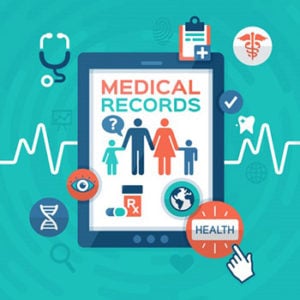By Michael Burger, Senior Consultant
Providers need tools for population health management (PHM) for reimbursement as well as reporting on metrics for related activities and quality improvement. While most physicians have an electronic health record (EHR), they may be unaware of their EHR’s capabilities when it comes to PHM. Leveraging these basic EHR features as a basis for care, in addition to using them for incentive program attestation, enables a strong step towards a highly effective PHM initiative. And, without a major investment.
All this started with the Meaningful Use (MU) EHR incentive program. To become MU certified, EHRs were expanded and augmented to meet several population health-related requirements, including the ability to analyze patient populations and identify opportunities for proactive care.
Key Electronic Health Record Features

Here are features that now exist in every EHR, which could be leveraged to dramatically improve public health:
- Identifying patients at risk. A fundamental goal of PHM is to identify patients who are either at risk of a chronic disease or untreated for a diagnosed condition. Reports being run for MU attestation identify patients who meet certain risk parameters.
- Closing gaps in care. At-risk patients often have a gap in care. These include, for example, patients who are overdue for immunizations or diagnostic testing.
- Decision Support. Once at-risk patients and gaps in care have been identified, decision support can be set up in the EHR to remind providers to deliver care appropriate to close the care gaps. EHRs also can be a used as a clinical tool when treating comorbid patients as well as to prompt the provider to proactively consider all of the patient’s conditions, rather than focus solely on the reason for the visit.
- Patient Engagement. Appointment reminders and visit summaries help to ensure that patients who should be seen to close gaps in care are seen, and that the therapies agreed to during the visit are outlined and explained.
The good news is that each of the features are included in virtually every EHR in use today. What do you think? Drop me a line at michael.burger@pocp.com.




